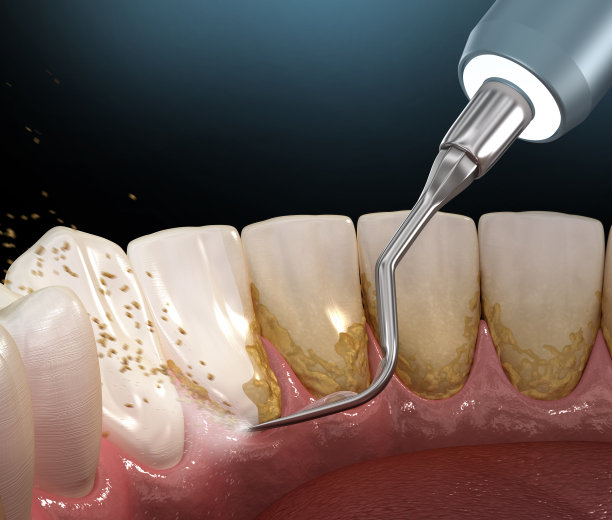Comprehensive Guide to Dental Implant Treatment Benefits Procedures and Recovery for a Healthier Smile
Summary: Dental implants represent a revolutionary solution for individuals suffering from tooth loss, providing numerous benefits beyond aesthetics. This comprehensive guide discusses the advantages of dental implant treatment, the detailed procedural steps involved, and insights into the recovery process, ensuring a healthier, more confident smile. By understanding the various aspects of dental implants, patients can make informed decisions about their oral health. From enhanced functionality to improved self-esteem, this guide aims to cover everything you need to know about dental implants for a brighter, healthier smile.
1. Understanding the Benefits of Dental Implants

Dental implants offer a wide range of advantages, making them a preferred choice for tooth replacement. One of the primary benefits is their ability to restore full function. Unlike dentures, which can slip and cause discomfort, dental implants are anchored securely to the jawbone. This stability allows individuals to eat and speak with confidence, enjoying their favorite foods without concern.
Another significant benefit is the aesthetic appeal provided by dental implants. They are designed to look, feel, and function like natural teeth. The cosmetic aspect of dental implants can significantly enhance a persons smile and overall facial appearance, thereby boosting self-confidence.
Moreover, dental implants promote oral health. By preventing bone loss and maintaining the structure of the jaw, they help preserve natural facial contours. This strategic approach to dental health not only enhances aesthetics but also improves long-term functionality.
2. Detailed Dental Implant Procedures Explained
The dental implant procedure begins with a thorough examination and assessment from a qualified dental professional. This initial consultation often involves imaging tests such as X-rays or 3D scans to evaluate the jawbones condition and determine the ideal placement for the implant.
Once the assessment is complete, the procedure typically involves several steps. The first step is the surgical placement of the implant into the jawbone. This process may require local anesthesia or sedation, ensuring that the patient remains comfortable throughout the surgery.
After the implant has been placed, a healing period is essential. This phase, known as osseointegration, allows the implant to fuse with the jawbone, creating a strong and stable foundation for the artificial tooth. Depending on individual circumstances, this healing process may take several months before the final restoration occurs.
3. Managing Recovery After Implant Surgery
The recovery phase following dental implant surgery is crucial to the success of the treatment. Most patients experience some swelling and discomfort, which can typically be managed with prescribed medications or over-the-counter pain relievers. Following post-operative care instructions from the dental professional is essential to minimize complications.
During the recovery period, its important to focus on oral hygiene to prevent infection. Dentists usually recommend using a gentle brushing technique around the surgical area and avoiding hard foods that could disrupt the healing process.
Regular follow-up appointments are essential during the recovery phase. These visits allow the dentist to monitor the healing progress, ensure proper integration of the implant, and address any concerns that may arise. Adhering to scheduled appointments is vital for achieving the best possible outcomes.
4. Long-Term Impact on Health and Confidence
The long-term benefits of dental implants extend beyond immediate functionality and appearance. By maintaining jawbone density and oral health, dental implants contribute significantly to overall wellness. This preservation of jaw integrity can help prevent future dental issues, ensuring that patients maintain their natural teeth for many years.
In addition to physical health, the psychological impact of dental implants is profound. Many individuals experience an increase in self-esteem and improved social interactions due to their regained smiles. Confidence in ones appearance often leads to a more active social life, enhancing overall well-being.
Furthermore, with proper care and maintenance, dental implants can last a lifetime. This longevity makes them a cost-effective solution over time, as they reduce the need for frequent replacements or repairs associated with other forms of tooth restoration.
Summary:
In conclusion, dental implants stand out as a transformative solution for tooth loss, offering functional, aesthetic, and health benefits. From understanding the procedure to managing recovery, patients are empowered to make informed decisions about their oral health. The journey to a healthier smile not only enhances appearance but also improves overall quality of life.
This article is compiled by Vickong Dental and the content is for reference only.



